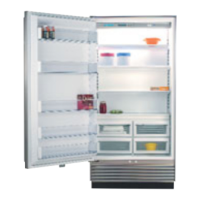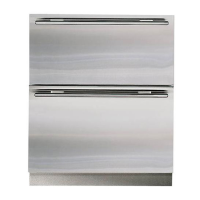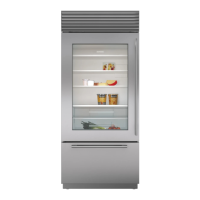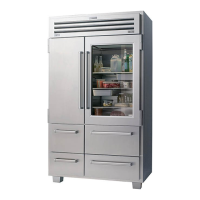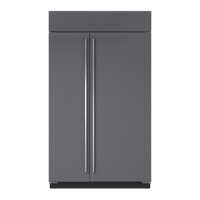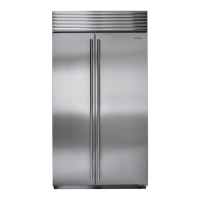35
Form
parsnips
peas, pods and shelled
✔peppers, bell
peppers, chile
potatoes
✔pumpkins
radicchio
radishes
romaine
rutabagas
salsify
shallots
snow peas
spinach
✔squash, summer
squash, winter
✔sweet potatoes
✔tamarillos
✔tomatoes (ripe)
turnips
water chestnuts
watercress
Recommended
storage
temperatures
34˚F (1˚C)
34˚F (1˚C)
45-50˚F (7-10˚C)
45-50˚F (7-10˚C)
40-50˚F (4-10˚C)
38-55˚F (3-13˚C)
34˚F (1˚C)
34˚F (1˚C)
34˚F (1˚C)
34˚F (1˚C)
34˚F (1˚C)
34˚F (1˚C)
34˚F (1˚C)
34˚F (1˚C)
40-50˚F (4-10˚C)
50-55˚F (10-13˚C)
55-60˚F (13-16˚C)
37-40˚F (3-4˚C)
34-40˚F (1-4˚C)
34˚F (1˚C)
34-36˚F (1-2˚C)
34˚F (1˚C)
Approximate
storage life at
refrigerator
temperatures
4-5 months
7-10 days
12-18 days
2-3 weeks
2-4 months
3-4 months
2-3 weeks
3-4 weeks
2-3 weeks
4-6 months
2-4 months
6 months
1-2 weeks
1-2 weeks
1-2 weeks
3-5 months
4-7 months
2 months
3-4 weeks
4-5 months
1-2 months
2-3 weeks
Recommended
storage time in
freezer at 0°F (-18˚C)
See food preservation
books/guides for
complete instructions
on freezing vegetables.
Comments
Wash vegetables in cool water and drain. Store in
air-tight container or plastic wrap.
Most vegetables should be stored in higher humidity.
See page 37 for a list of ethylene sensitive and
ethylene producing vegetables and fruits.
Discard any fresh vegetables that are moldy or have
other signs of spoilage, and wipe out the refrigerator
compartment.
For fresh-cut produce, follow storage directions
on package.
✔indicates vegetables that are sensitive to chill
injury, a cause of spoilage. Damage may not be
apparent until the vegetables are returned to a
warmer temperature.
Fresh Vegetables

